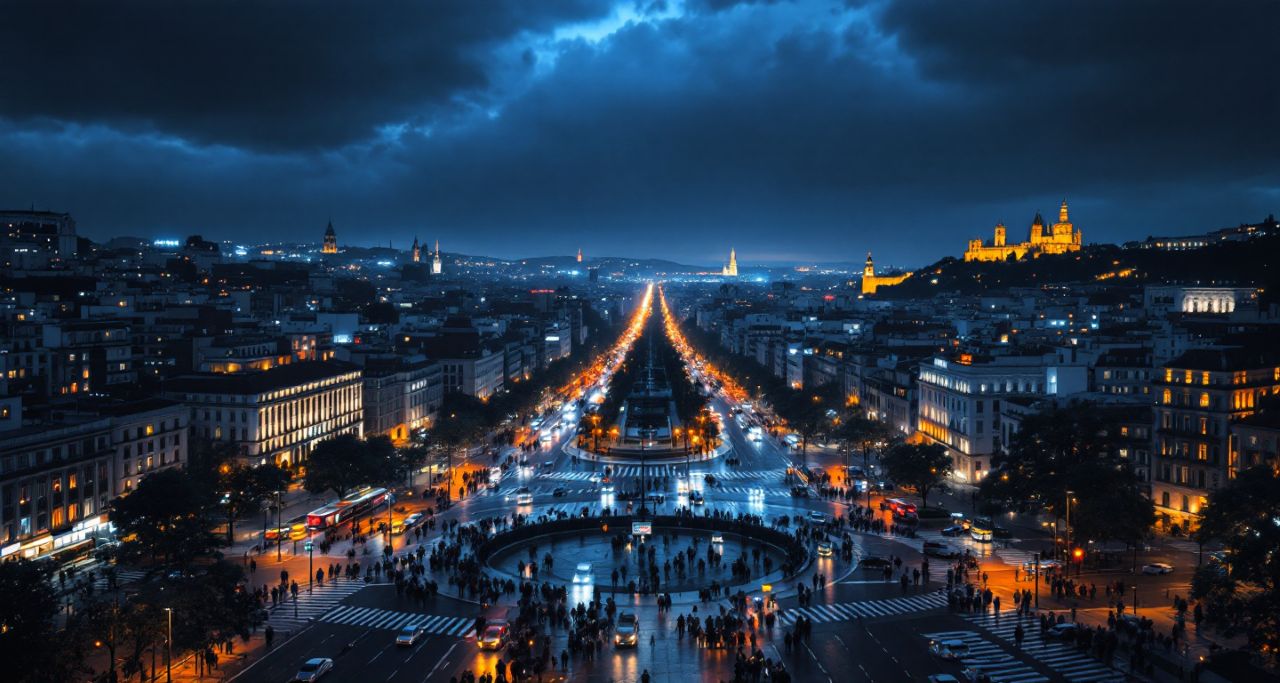
A Sudden Silence Across Two Nations
It was just after midday on April 28, 2025, when the hum of daily life in Spain and Portugal was abruptly replaced by an eerie silence.
At 12:33 p.m. local time, the power grid across the Iberian Peninsula collapsed, plunging tens of millions into darkness and confusion. In Madrid, I watched as traffic lights blinked out, leaving intersections in chaos. In Lisbon, commuters abandoned stalled subway cars, their phones lighting the tunnels as they searched for exits. The blackout, which also briefly touched parts of southern France and Andorra, was the largest in Spain’s modern history, and its cause remains a mystery even as the lights flicker back on.
Chaos in the Streets and Skies
The impact was immediate and profound. In Barcelona, I met a family huddled in their apartment, eating by candlelight and listening to the distant wail of sirens. “We thought it was just our building at first,” said Marta, a local teacher. “But then we realized the whole city was dark.” Across Spain and Portugal, subways ground to a halt, trapping thousands underground. Emergency workers rescued more than 35,000 passengers from trains and tunnels in Spain alone.
Airports in Madrid, Lisbon, and Barcelona scrambled to keep operations running on backup generators. Dozens of flights were delayed or canceled, and travelers wandered dimly lit terminals, clutching boarding passes and looking for information. “It was like a scene from a disaster movie,” said João, a Portuguese student stranded at Lisbon Airport. “No one knew what was happening, and the announcements stopped.”
Digital Disconnect: When Phones and ATMs Fail
The blackout didn’t just cut the lights—it severed the digital lifelines people rely on. Cellphone and internet service collapsed in many areas, leaving people unable to call loved ones or access news. ATMs and electronic payment systems went offline, forcing shopkeepers to accept cash or close their doors. In a pastry shop in Tarragona, I watched as customers used their phones as flashlights, picking out croissants in the dark.
Hospitals and critical infrastructure switched to emergency generators. In both countries, government officials convened emergency meetings. Spanish Prime Minister Pedro Sánchez called the event “exceptional and totally extraordinary,” noting that a blackout of this scale had never before struck Spain.
Searching for Answers: What Caused the Blackout?
As power slowly returned—99% restored in Spain and all substations back online in Portugal by the next morning—questions swirled about what had gone wrong. Early rumors pointed to a fire on a high-voltage line in southern France, but French authorities quickly dismissed this. Portugal’s grid operator suggested a “rare atmospheric phenomenon” caused oscillations in the high-voltage lines, but Spain’s meteorological agency found no evidence of unusual weather.
Cyberattack? Officials investigated, but initial analysis found no signs of hacking. By Tuesday, Spain’s grid operator attributed the event to a massive disconnection in the southwest, ruling out cyberattack but admitting the precise cause was still under investigation.
Stories of Resilience and Uncertainty
In the aftermath, stories of resilience emerged. In Madrid, volunteers handed out water and blankets to stranded train passengers. In Porto, a nurse described how her hospital’s staff calmly switched to generator power, continuing surgeries as if nothing had happened. “We’re used to improvising,” she laughed, “but not on this scale.”
Yet, the uncertainty lingers. “We depend on the grid for everything,” said Carlos, a Madrid IT worker. “This blackout showed how fragile that connection can be. I hope we learn from it, but right now, I just want to know what really happened.”
The Road Ahead: Lessons from the Dark
As Spain and Portugal return to normal, the blackout is already prompting tough questions about the resilience of Europe’s interconnected power grid. For now, the cause remains elusive—a reminder that even in a hyper-connected world, a single failure can ripple across borders and bring modern life to a standstill.
